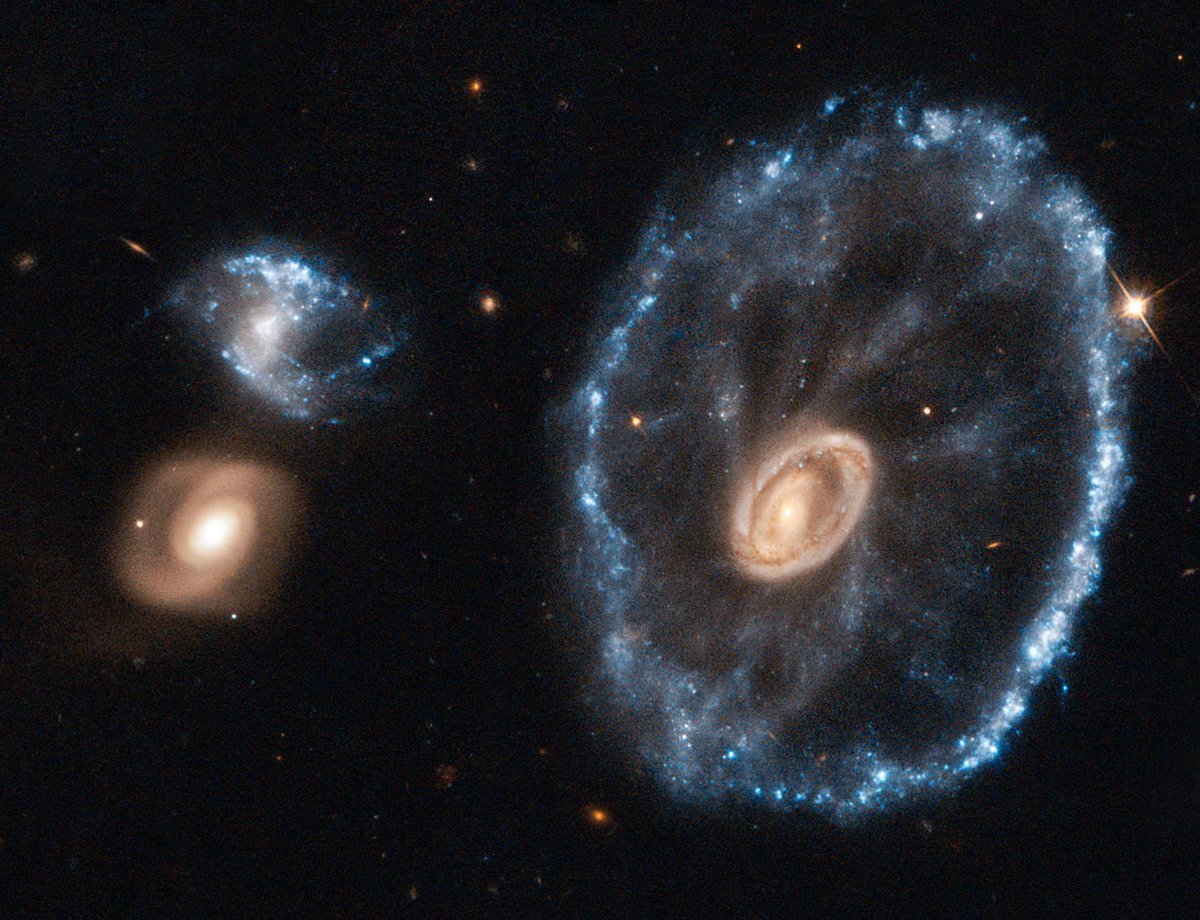
1/ 🆕 Webb has captured a portion of the dwarf galaxy Wolf–Lundmark–Melotte (WLM) using #NIRCam. The image demonstrates Webb’s remarkable ability to resolve faint stars outside the Milky Way. 

2/ The galaxy lies roughly 3 million light-years away and was selected for observations as its gas is similar to that which made up galaxies in the early Universe.
3/#WebbSeesFarther This image shows this portion of the dwarf galaxy captured by Spitzer's Infrared Array Camera (left) and Webb's Near-Infrared Camera (right) 🆒 

4/ This post highlights data from Webb science in progress, which has not yet been peer-reviewed. Read more about Webb’s research of the dwarf galaxy WLM here: blogs.nasa.gov/webb/2022/11/0…
• • •
Missing some Tweet in this thread? You can try to
force a refresh












